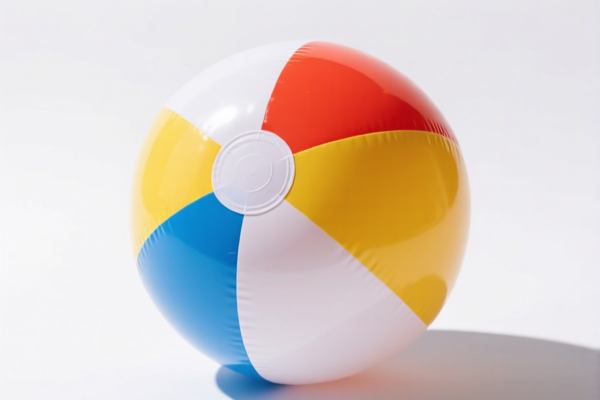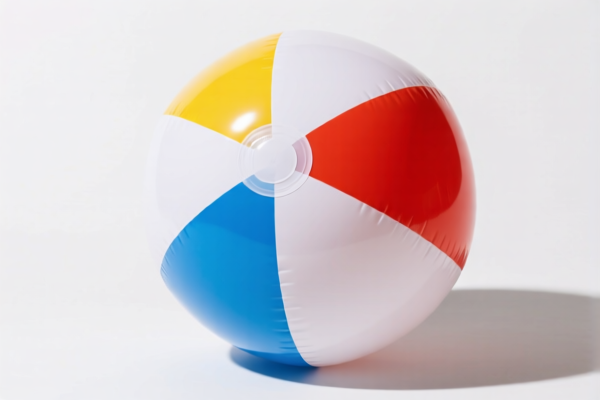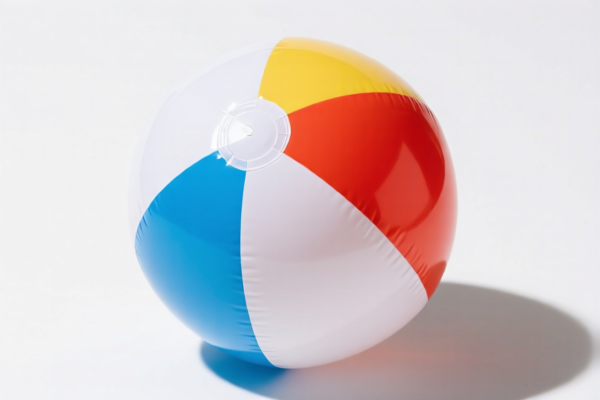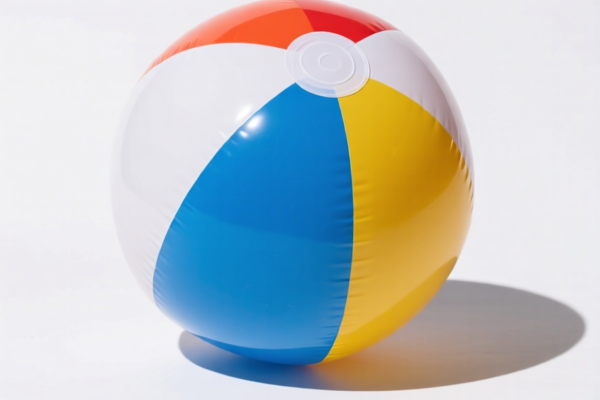| HS Code | Official Doc | Tariff Rate | Origin | Destination | Effective Date |
|---|---|---|---|---|---|
| 9506694000 | Doc | 42.9% | CN | US | 2025-05-12 |
| 3901901000 | Doc | 55.0% | CN | US | 2025-05-12 |
| 3926907500 | Doc | 34.2% | CN | US | 2025-05-12 |




HS Code Classification & Duty Analysis for BEACH BALLS
Based on the provided information, here's a breakdown of the potential HS codes applicable to "BEACH BALLS", along with duty details and important considerations. It appears there are multiple possible classifications depending on the material and construction of the beach balls.
Understanding HS Codes:
The Harmonized System (HS) code is a standardized international system of names and numbers to classify traded products. The first two digits generally indicate the chapter, the next two the subheading, and further digits provide more specific details.
1. HS Code: 9506.69.40.00 – Articles for Sports: Non-Inflatable Hollow Balls
- Chapter 95: Miscellaneous manufactured articles. This chapter covers a wide range of products not specifically covered elsewhere.
- 95.06: Articles and equipment for general physical exercise, gymnastics, athletics, other sports (including table-tennis) or outdoor games.
- 95.06.69: Balls, other than golf balls and table-tennis balls.
-
95.06.69.40.00: Other: Non-inflatable hollow balls not over 19 cm in diameter.
- Applicability: This code is suitable for beach balls that are not inflatable and have a diameter of 19 cm or less. This suggests a solid plastic or rubber construction.
- Duty:
- Basic Duty: 5.4%
- Additional Duty: 7.5% (until April 2, 2025)
- Additional Duty (after April 2, 2025): 30%
- Total Duty: 42.9%
2. HS Code: 3901.90.10.00 – Polymers of Ethylene: Elastomeric
- Chapter 39: Plastics and articles thereof.
- 39.01: Polymers of ethylene, in primary forms. This covers polyethylene in various forms (pellets, granules, etc.).
- 39.01.90: Other.
-
39.01.90.10.00: Elastomeric.
- Applicability: This code applies if the beach ball is made primarily of elastomeric polyethylene (a rubbery form of polyethylene). This would likely be the raw material before it's formed into a ball. It's unlikely this code applies to the finished beach ball itself, but could be relevant if you are importing the polyethylene to manufacture the balls.
- Duty:
- Basic Duty: 0.0%
- Additional Duty: 25.0% (until April 2, 2025)
- Additional Duty (after April 2, 2025): 30%
- Total Duty: 55.0%
3. HS Code: 3926.90.75.00 – Plastics Articles: Pneumatic Articles
- Chapter 39: Plastics and articles thereof.
- 39.26: Other articles of plastics and articles of other materials of headings 3901 to 3914.
- 39.26.90: Other.
-
39.26.90.75.00: Pneumatic mattresses and other inflatable articles, not elsewhere specified or included.
- Applicability: This code is suitable for inflatable beach balls made of plastic. This is the most likely classification if the beach balls are filled with air.
- Duty:
- Basic Duty: 4.2%
- Additional Duty: 0.0% (until April 2, 2025)
- Additional Duty (after April 2, 2025): 30%
- Total Duty: 34.2%
Recommendations & Important Considerations:
- Material Confirmation: The primary material of the beach ball is crucial. Is it solid plastic, rubbery polyethylene, or inflatable plastic? This will determine the correct HS code.
- Inflatable vs. Non-Inflatable: Is the ball designed to be inflated with air?
- Diameter Measurement: If the ball is non-inflatable, confirm the diameter is 19 cm or less.
- Additional Duty Changes: Be aware of the additional duty changes taking effect after April 2, 2025.
- Certification: Depending on the intended use (e.g., children's toys), you may need to provide certifications related to safety standards (e.g., EN71, ASTM). Check with the importing country's regulations.
- Single Invoice: If you are importing both raw materials (polyethylene) and finished beach balls, ensure the invoice clearly separates the items for accurate classification and duty assessment.
- Consult with a Customs Broker: For complex cases or to ensure accurate classification, it's highly recommended to consult with a licensed customs broker in the importing country. They can provide expert guidance and help you avoid potential issues with customs clearance.
Disclaimer: This information is for general guidance only and does not constitute professional legal or customs advice. Duty rates and regulations are subject to change. Always verify the latest information with the relevant customs authorities.
Customer Reviews
I found the section on the 9506694000 HS code very informative. It clarified that it's for non-inflatable balls under 19 cm in diameter.
The duty rates are well-explained, and the note about the April 2nd change is a good reminder for importers.
Great resource for understanding the differences between inflatable and non-inflatable beach balls and their respective HS codes.
The info on the 3901901000 HS code was helpful, but I was a bit confused about whether it applies to finished products or raw materials.
This page saved me time by listing all three possible HS codes for beach balls. The tariff rates and explanations are very clear.